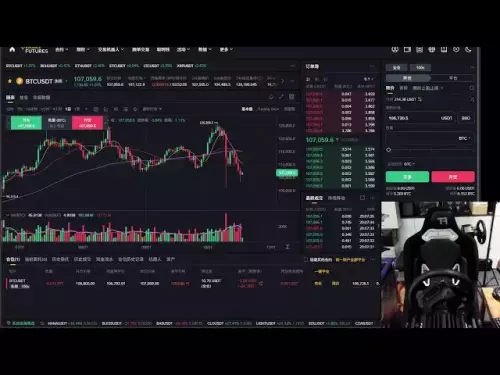Exploring the intersection of crypto, Chainalysis reports on illicit funds, and the ongoing discussions surrounding a US Bitcoin Reserve.

Yo, crypto enthusiasts! Let's dive into the wild world of digital assets where illicit funds, blockchain analysis, and government reserves collide. It's a crazy mix, so buckle up!
Chainalysis Drops a $75 Billion Bomb: What's the Deal?
Chainalysis recently dropped some serious knowledge, reporting a whopping $75 billion in potentially seizable crypto sitting on public blockchains. That's a lotta cheddar! This figure includes about $15 billion directly linked to shady activities and over $60 billion chillin' in wallets with connections to those activities. Think of it as the digital equivalent of finding a suitcase full of unmarked bills – except everyone can see it on the blockchain.
Bitcoin's Reign and the Rise of Stablecoins
Bitcoin still dominates the illicit crypto scene, holding about 75% of the total value. But hold up – stablecoins are creeping into the mix, grabbing a bigger piece of the pie. Stolen assets are the biggest category in these holdings, which include compromised exchanges and services. Darknet markets also play a major role, with Chainalysis attributing over $40 billion to operators and vendors. It's like a digital crime drama unfolding in real-time.
US Bitcoin Reserve: A Budget-Neutral Dream?
The US Bitcoin Reserve and Digital Asset Stockpile proposals are still in the pipeline. Policymakers are eyeing asset forfeiture as a way to make it all happen without breaking the bank. Chainalysis says their on-chain view helps provide evidence-based action. In their words, the crypto ecosystem gives law enforcement “an unprecedented opportunity” to seize billions in illicit proceeds. It's like finding a treasure map that leads straight to the bad guys' stash.
Transparency: A Double-Edged Sword
Chainalysis reports that only 0.14% of all 2024 crypto volume was tied to illicit transactions. That's a small number, but it looks big because blockchain transparency makes it easier to track. For comparison, the UNODC estimates that 2%-5% of global GDP is laundered through traditional finance. So, while crypto crime gets a lot of attention, the transparency of the blockchain makes it easier to spot.
Lummis's Bold Move: Bitcoin Reserve Funding
Disclaimer:info@kdj.com
The information provided is not trading advice. kdj.com does not assume any responsibility for any investments made based on the information provided in this article. Cryptocurrencies are highly volatile and it is highly recommended that you invest with caution after thorough research!
If you believe that the content used on this website infringes your copyright, please contact us immediately (info@kdj.com) and we will delete it promptly.












































![[4K 60fps] Astral by oc3andark (1 Coin) [4K 60fps] Astral by oc3andark (1 Coin)](/uploads/2025/10/19/cryptocurrencies-news/videos/k-fps-astral-ocandark-coin/68f438453fa33_image_500_375.webp)










































